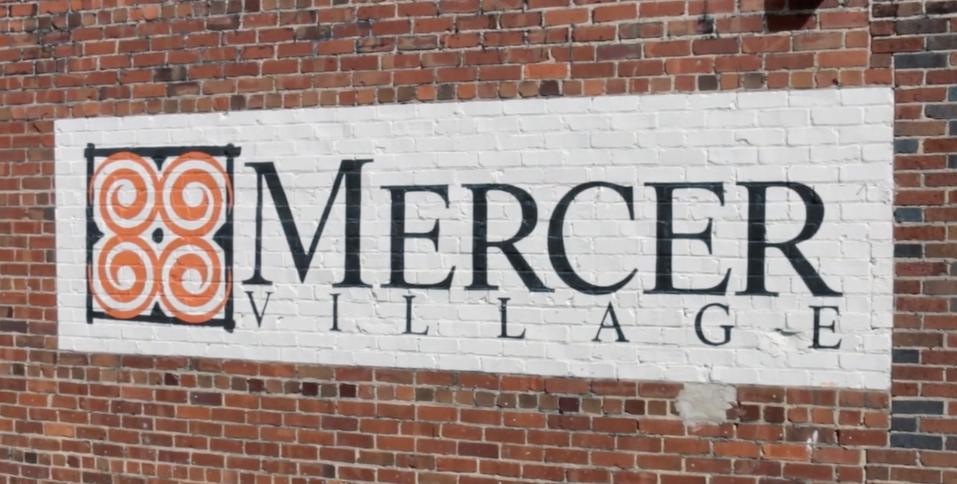
Journalism education that inspires community engagement
Tim Regan-Porter is the executive director of Mercer University’s Center for Collaborative Journalism in Macon, Georgia. Below, he writes about the evolution of the center and its unique model, which blends hands-on practice with scholarship and community engagement. The center is receiving $2 million in new support from Knight Foundation.
Five years ago, Mercer University launched the Center for Collaborative Journalism with support from Knight Foundation and Peyton Anderson Foundation.
The grand idea behind the center was to form a “teaching hospital” for journalism through a partnership between the university, The (Macon) Telegraph and Georgia Public Broadcasting.
Shortly after the center’s launch, Knight Foundation and five other funders issued an open letter to university presidents urging their journalism schools to recreate themselves along these lines to better train students to enter the field.
Nonetheless, the Center for Collaborative Journalism’s mission extends well beyond education. As with medical schools and their affiliated hospitals, the combination of professionals, academics and students allows the institutions involved to better serve the community with new resources, energy and cutting-edge techniques.
That three-pronged mission – to educate students, to strengthen media partners and to inform and engage the community – has worked. The “teaching hospital” model has inspired community engagement and spawned reporting and listening projects that have resulted in real change.
The nine-part “Macon in the Mirror” series, which incorporated interviews with hundreds of Macon residents about their attitudes on a range of community issues, as well as their hopes and dreams for the city, built trust and set the stage for future projects by first listening to the community.
A seven-part series on residential blight influenced the local government to allocate $14 million for blight remediation. A series on pedestrian safety contributed to the formation of a government task force on the issue.
The center is currently in the midst of a project exploring reasons behind and implications of the de facto resegregation of public schools in Bibb County.
These substantial projects are only made possible through collaboration – by combining the energy of students, the professional expertise of multiple newsrooms and the freedom to step away from the daily grind afforded by the center’s clinical faculty.
Even though the center hasn’t done the best job in touting its successes, others have taken notice and validated its work.
The Pew Research Center’s report “Local News in a Digital Age” stated, “In many ways, the heart of journalism innovation is emerging from Mercer University.” A New York Times article called the initiative “one of the nation’s boldest journalism experiments.” When the Federal Reserve Bank authored a report on blight remediation, it highlighted Macon and the center’s work, emphasizing collaboration as a key to such efforts.
Five years after the Center for Collaborative Journalism’s launch, Knight Foundation is continuing to support its efforts with a new grant to further enhance local news collaboration.
In the coming months, the center will expand its collaboration to broadcast television by partnering with TEGNA’s 13WMAZ, Macon’s CBS affiliate, to provide content, mentor students and engage the community; establish a community engagement desk to explore new ways to develop content that engages audiences; expand the Couric Fellowship that places students at leading news outlets throughout the country and beyond; and continue its high school summer camp which introduces a diverse group of students to digital media storytelling.
Now more than ever, local newsrooms must build trust and involve their communities in their work. These new resources will allow the Center for Collaborative Journalism to expand its engagement with, and impact on the Macon community.
r
-
-
Community Impact / Article
-
Journalism / Article
Recent Content
-
Journalismarticle ·
-
Journalismarticle ·
-
Journalismarticle ·




